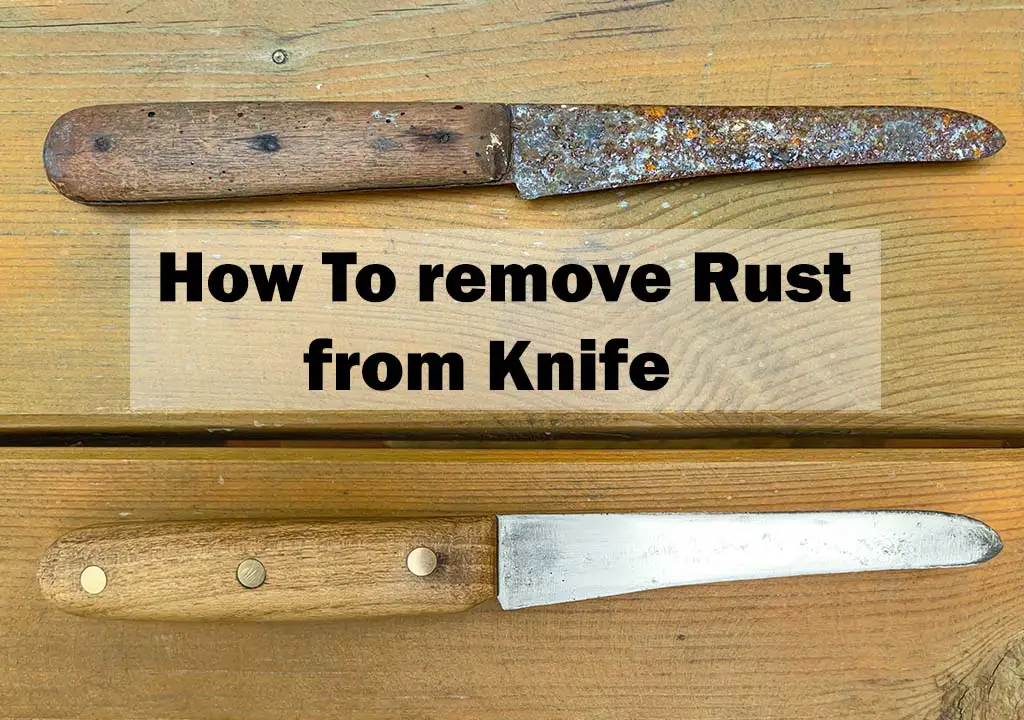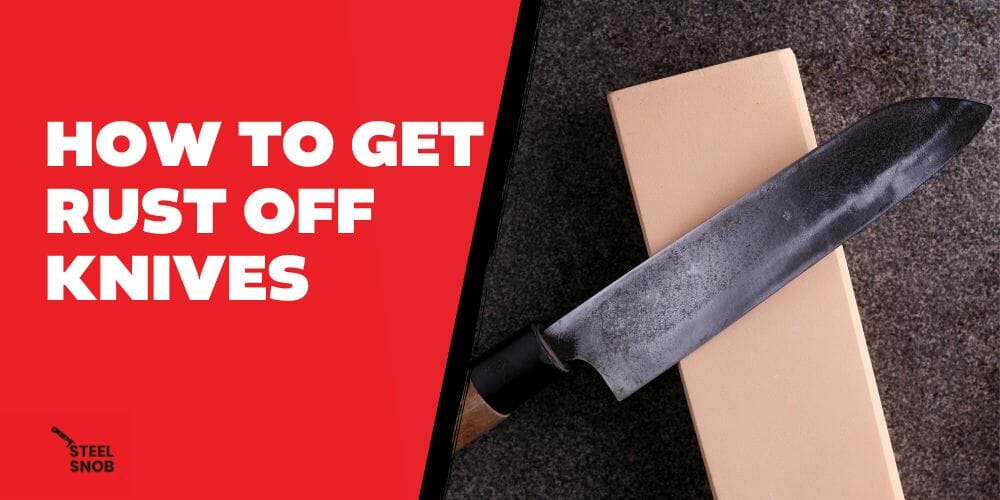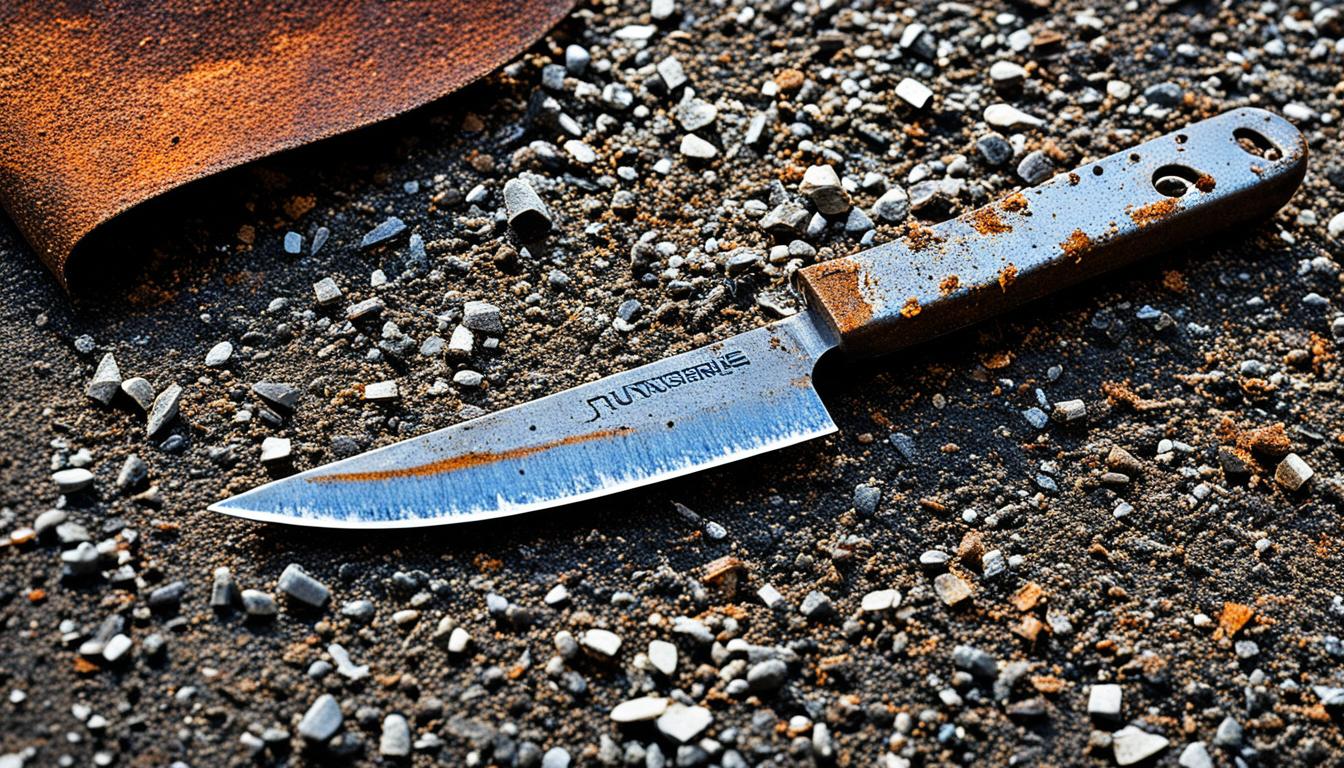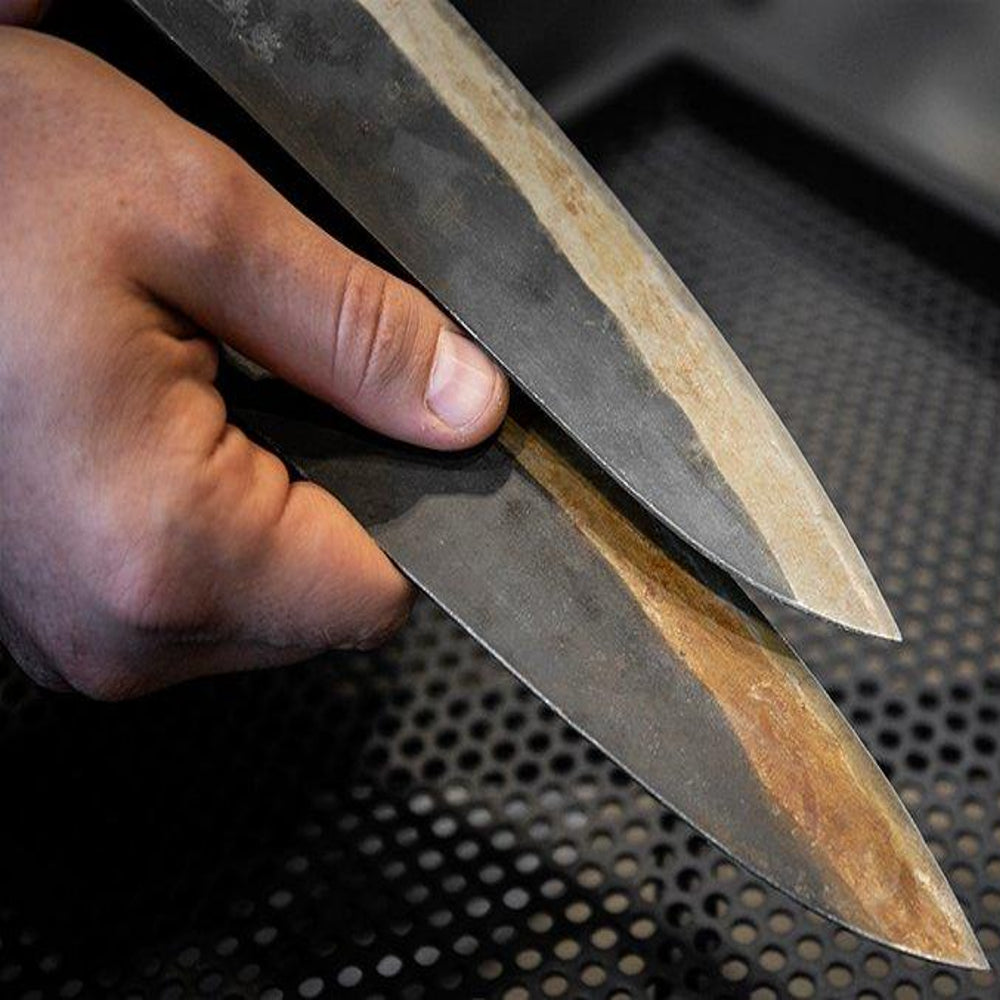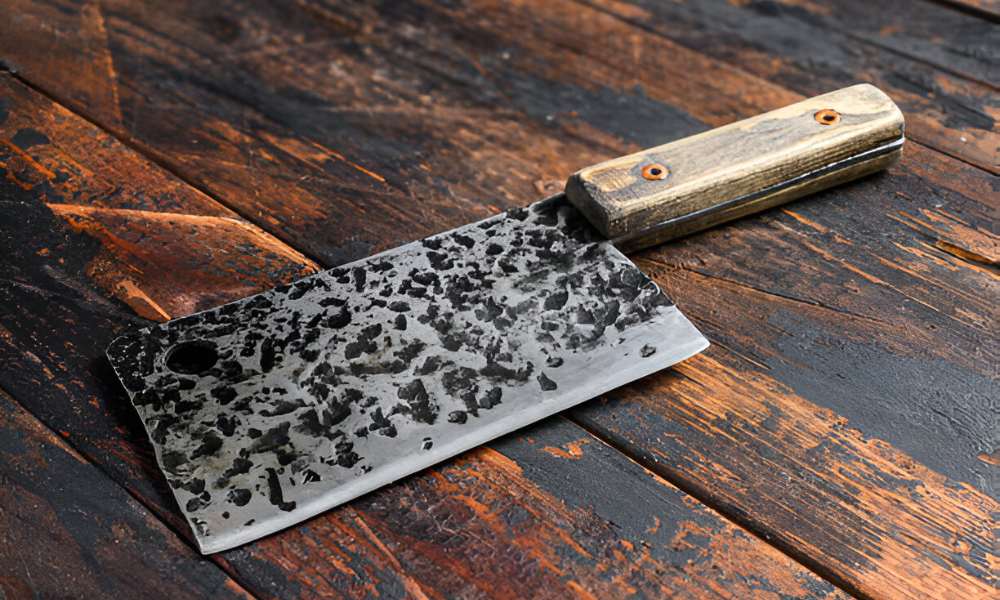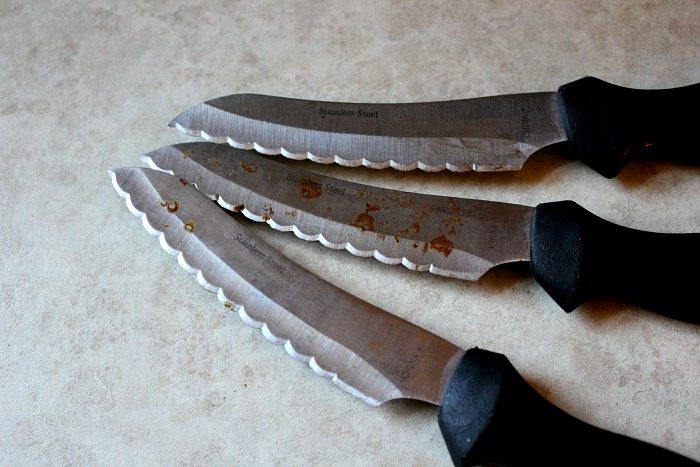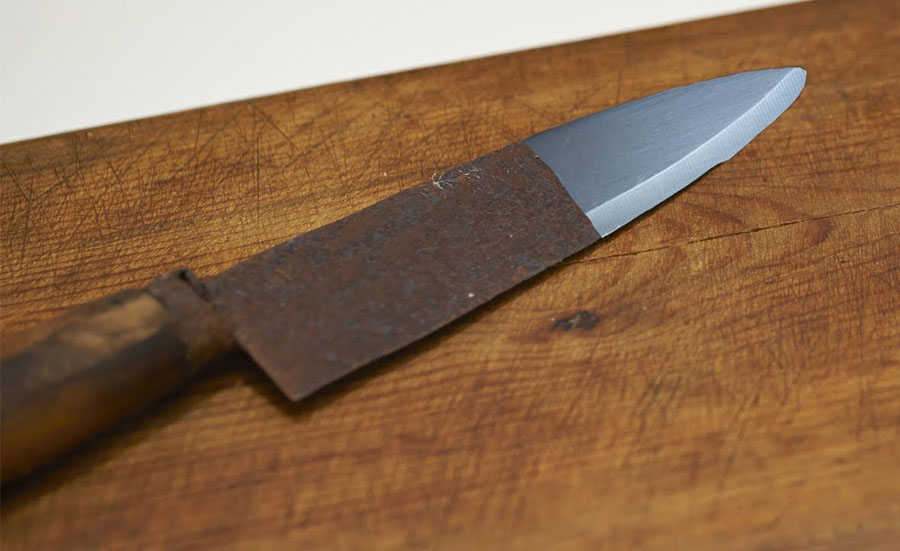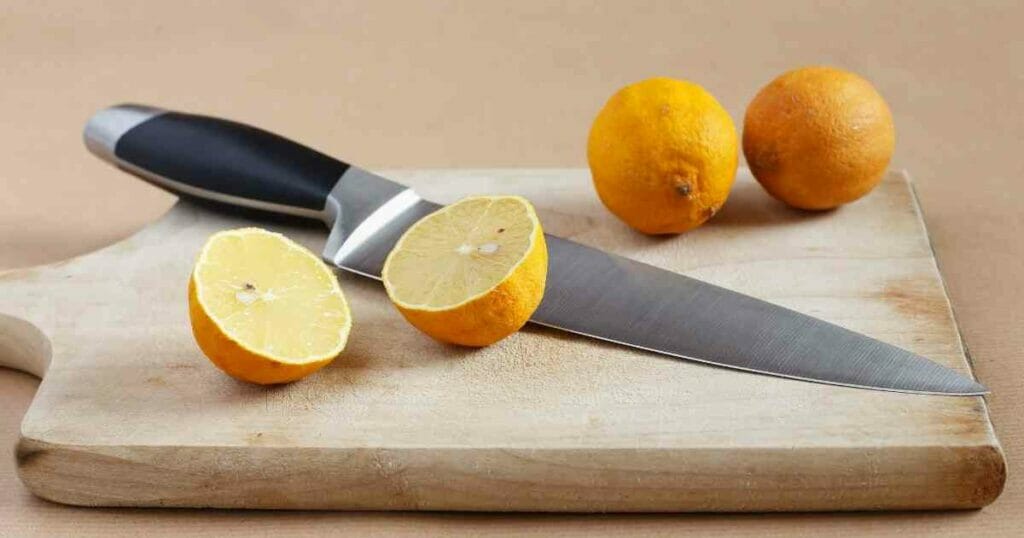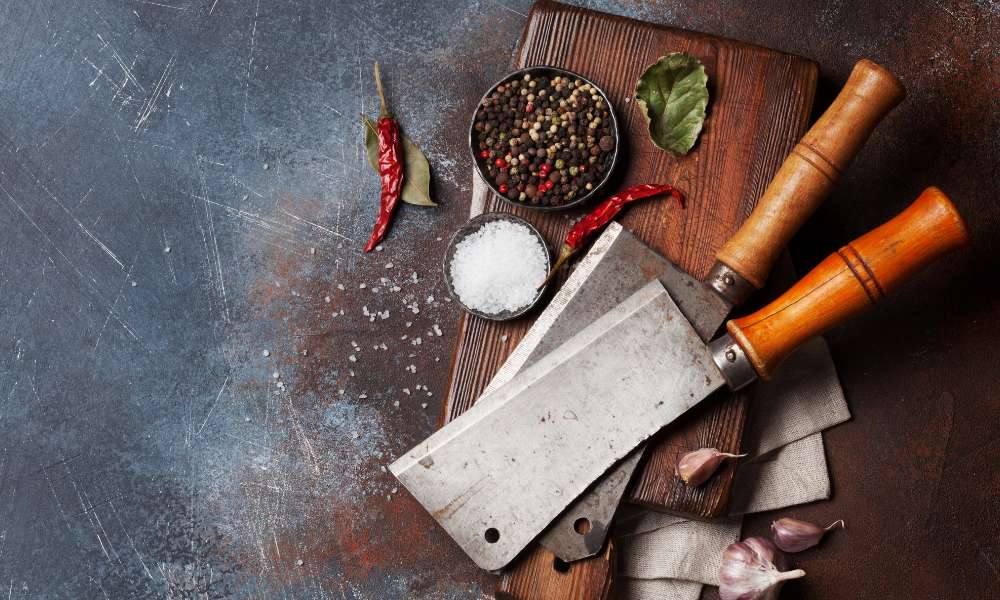How Do You Get Rust Off Of Knives
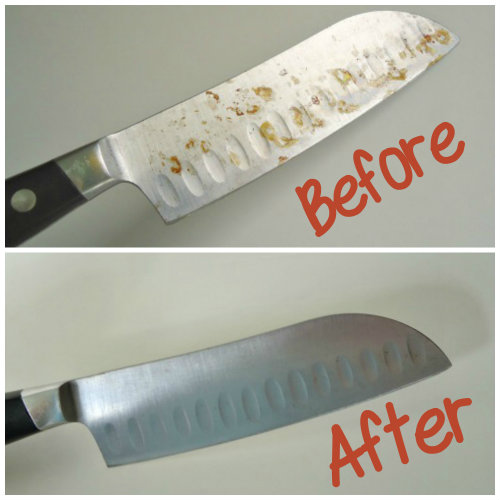
Imagine the satisfying *thwack* of a chef's knife effortlessly slicing through a ripe tomato, the clean, metallic glint of its blade a testament to its sharp precision. Now, picture that same knife, relegated to the back of a drawer, its once pristine surface marred by an unsightly layer of reddish-brown rust. The disappointment is palpable, the potential wasted.
This article delves into the surprisingly accessible world of rust removal from knives, offering a comprehensive guide to restoring your cherished blades to their former glory. We’ll explore a range of methods, from simple household solutions to more specialized techniques, empowering you to confidently tackle rust and keep your knives performing at their best.
Understanding the Enemy: What is Rust?
Rust, in essence, is iron oxide, a chemical compound formed when iron or an iron alloy, like steel, is exposed to oxygen and moisture. This process, known as corrosion, weakens the metal and, if left unchecked, can eventually compromise the structural integrity of the knife.
The good news is that surface rust is often easily removable. Recognizing the type and extent of rust is the first step in choosing the appropriate cleaning method.
The Kitchen Pantry Arsenal: Household Remedies for Rust Removal
Before reaching for harsh chemicals, consider the surprising effectiveness of common household ingredients. These methods are generally gentle and readily available, making them ideal for tackling light surface rust.
Lemon Juice and Salt: A Citrus Solution
The acidity of lemon juice works wonders on rust, while salt acts as a mild abrasive to help scrub it away. Simply coat the affected area with a generous layer of salt, squeeze lemon juice over it, and let it sit for a few hours.
Afterward, scrub gently with a non-abrasive sponge or cloth. Rinse thoroughly and dry immediately to prevent further rust formation.
Baking Soda Paste: The Gentle Exfoliator
Baking soda, a staple in many kitchens, is a fantastic mild abrasive. Mix it with water to create a thick paste and apply it to the rusted areas.
Allow the paste to sit for a few hours, or even overnight for tougher rust. Scrub gently with a sponge or old toothbrush and rinse thoroughly.
Vinegar Soak: An Acidic Ally
White vinegar is another readily available acid that can dissolve rust. Submerge the rusted portion of the knife in vinegar for several hours, or overnight.
Check periodically and scrub with a non-abrasive pad or cloth. Remember to rinse and dry the knife completely after the soak.
Stepping Up the Game: Specialized Rust Removal Techniques
For more stubborn or widespread rust, you may need to employ specialized tools and techniques. These methods require more caution and attention to detail, but can often yield impressive results.
Commercial Rust Removers: Chemical Warfare
Commercial rust removers are formulated with powerful chemicals designed to dissolve rust quickly and effectively. Always follow the manufacturer's instructions carefully, wearing gloves and eye protection.
Apply the remover to the affected area, let it sit for the recommended time, and scrub with a non-abrasive pad or brush. Thoroughly rinse and dry the knife after use.
Steel Wool or Abrasive Pads: Manual Labor
Fine-grade steel wool or abrasive pads can be used to manually remove rust. Start with the finest grade possible and gradually increase the abrasiveness as needed.
Apply gentle, even pressure to avoid scratching the underlying metal. Lubricating the surface with oil can help reduce friction and prevent damage.
Electrolytic Rust Removal: The Science of Cleaning
Electrolytic rust removal uses an electric current to reverse the rusting process. This method requires a battery charger, a plastic container, washing soda (sodium carbonate), and a sacrificial piece of iron or steel.
This is a more advanced technique and requires careful research and execution to ensure safety and effectiveness. Improper setup can damage the knife or pose a safety hazard.
Prevention is Key: Keeping Rust at Bay
The best way to deal with rust is to prevent it from forming in the first place. Simple preventative measures can significantly extend the life of your knives and keep them looking their best.
Always wash and dry your knives immediately after use. Avoid leaving them wet, especially in humid environments.
Store your knives properly, ideally in a knife block, sheath, or on a magnetic strip. This prevents them from rubbing against other utensils, which can damage the blade and increase the risk of rust.
Regularly oil your knife blades with mineral oil or camellia oil. This creates a protective barrier against moisture and helps prevent rust from forming.
The Enduring Value of a Well-Maintained Blade
A knife is more than just a tool; it's an extension of the chef's hand, a precision instrument that can transform raw ingredients into culinary masterpieces. Neglecting its care can lead to frustration and wasted potential, while maintaining it through rust removal can ensure it remains a reliable companion in the kitchen for years to come.
Restoring a rusted knife is not just about aesthetics; it's about reclaiming its functionality and respecting the craftsmanship that went into its creation. It's a reminder that even items that show signs of wear and tear can be revived and cherished with a little care and attention.
By embracing the simple techniques outlined in this article, you can confidently tackle rust and keep your knives performing at their best, ensuring that every cut is a testament to their enduring quality.

